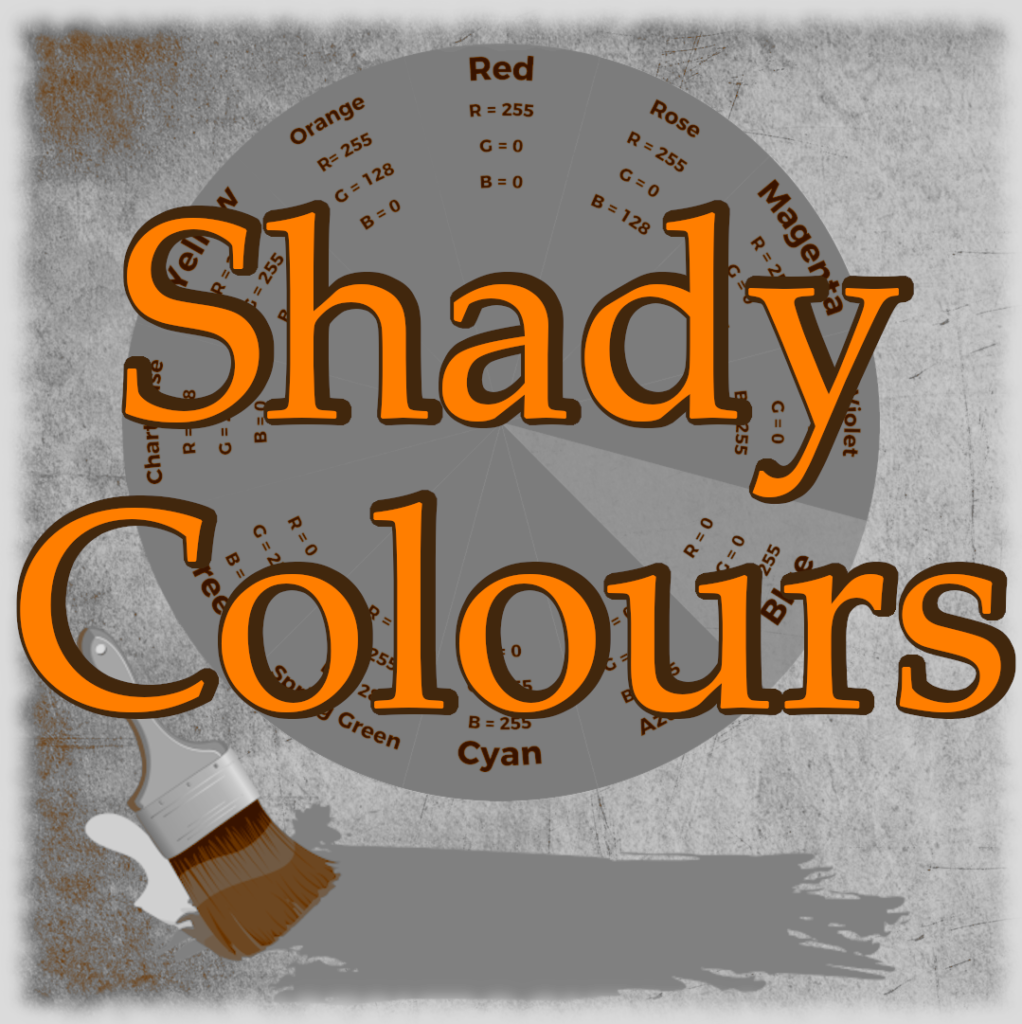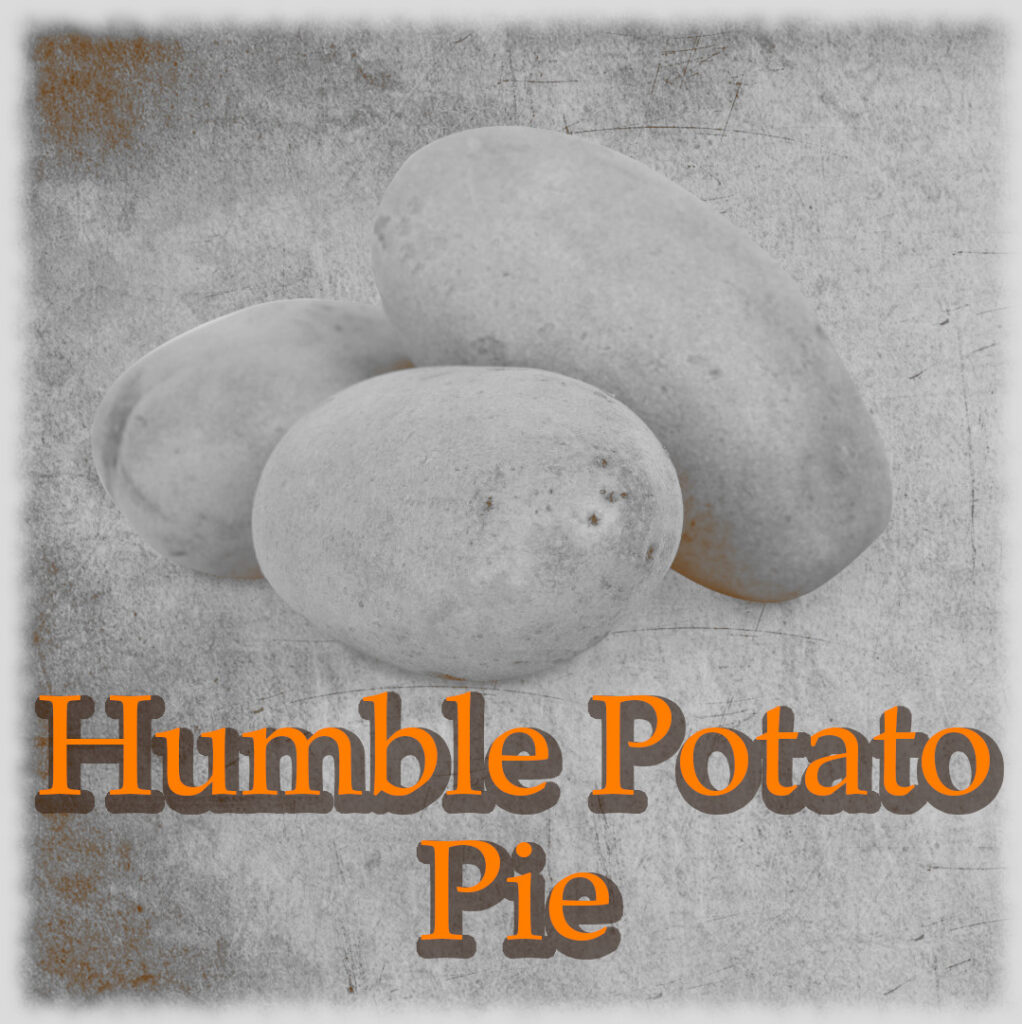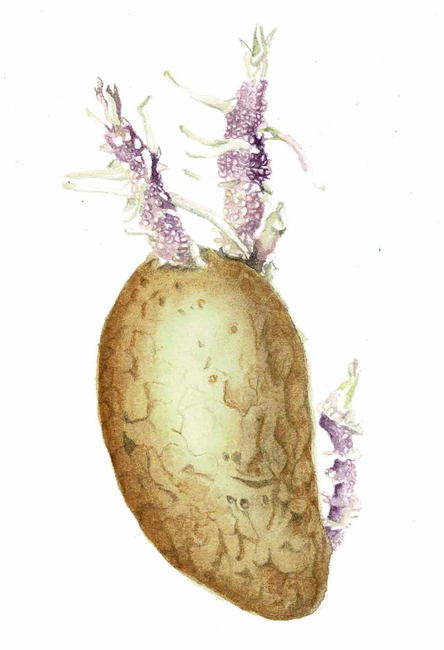
This blog was going to be a gripe, given a special category all to itself, hidden somewhere-off-to-the-side. Let’s face it, the ramblings of a menopausal male are best kept hidden, out of sight, deniable. The inspiration had all the ingredients for a non-glamourous investigation into the world of interior design, where common sense often flies out the window as marble kitchens are flown in. It was just supposed to be a minor, steam-releasing moment, until I realised why naming a paint ‘Spanked Bottom,’ so annoyed me.
You see, I love colour in all its variations, its shades, tones, tints, and hues. My gene makeup generously allows my eyes to filter through the visible light spectrum and distinguish the tiniest differences in light frequencies. Colour-blindness would be a nightmare scenario for me. The idea of not absorbing the full impact of vibrant works of art, the delicate intricacies of a starling’s amazing plumage, a busy bee working hard to extract pollen from the heart of a flower is a concept too large for my brain to absorb. The notion that some people will never distinguish between the bright yellows, deep purples, or darkest reds found on the stamen of flowers is enough to make me sigh. Flowers, after all, offer such a wide variety of primal, vivid, and luscious colours as to leave one practically speechless.
My awareness of colour probably began in the late sixties when floral patterns abounded in the world of fashion, when orange was the new black, and tie-dye was a rage that had managed to migrate thousands of miles, from the West Coast of the USA, all the way to Portlaoise.
Awareness does not mean that I loved the psychedelic antics of filmmakers or fashion designers back then. It was as though they had all learned only one rule in college, the rule of complementary colours. Then, stealing only this tiny fraction from Johannes Itten’s seminal work in the field, they streamed onto the streets like four-year-olds clutching their latest toys. Unfortunately, their investigations into the world of light were as shallow as their insights. And armed only with colour wheels they did not wholly understand, using the only rule their minds could half-way comprehend, they delved the world into a garish, visually clamorous universe. Clothes of the time were suddenly patterned from washed-out oranges set against undistinguished blues.
But maybe we can forgive them, this was the late sixties afterall, a time where technical aspiration had yet to fulfil on its promise. However, this was not as true of colour as you might suspect looking at photographs from the era. The creation of colour pigments had been mastered by the mid-twentieth century. Even if the paints themselves were still chemically toxic the colours were pure.
Having said that, the printing of colours onto fabrics has often been hit and miss. It is as though not all colours are created equal when it comes to the dyeing process. This maybe why, as a child, the Irish flag baffled me. From a colour point of view, what was it supposed to be? Green, white and gold, as we were told by a gold-fáinne-wearing Christian brother? Or green, white, and orange, as my freedom-fighter grandfather declared? It did not help that half the Irish flags I saw had a bright yellow stripe, while the more official flags had an orange one. At the time I put the difference down to weathering and cheap dyes, as opposed to a deep denial among republicans that anything orange might possibly exist on the island of Ireland.
Colour is important. Flags attest to this, which is why they never stray far from prime colours. But what of the lesser ones, those which add comfort to a living room and restfulness to a bedroom? Everybody has their own idea on what works for them, or what might impress their neighbours, or a real-estate agent. But, when faced with a multitude of charts, most people still panic. Postage stamp colour strips are not enough to win over the heart and minds of vacillating homeowners. Painters are often booked before colours are decided upon. Then it is decision time. Panic gives way to desperation, logic takes a hike, signs are sought at the bottom of a teacup and mystics often offer as much hope as a colour consultant does. At this crunch point, when at your most vulnerable, the name of the paint may be the ultimate persuader. The decision maker.
And that name may very well come from a marketing company somewhere. This is where the world goes black, where darkness rules, where little men pun. Together with irony-filled women these cynics sit down and desperately pretend to have discovered a potential client’s unique selling point. This is where they argue their case, where they shout each other down to win a contract and get to name your paint. If only you could silence marketing executives: but then, a silent marketing executive would be an oxymoron.
Shakespeare asked, ‘What’s in a name?’ Marketing men would argue, everything. To them the rose is an insignificant thing, the petals invisible and the scent ignorable. The only thought on their minds is how to trademark the word and deprive others the use of it. To them, branding is everything. And while Pavlov could have predicted how some people would salivate at the sight of a dinner plate heading in their direction, he could never have foretold the visceral response of marketing people to the thoughts of new corporate accounts and the performance-based bonuses they promise.
It is as a result of their work that half of Dublin 4 is smothering in ‘Elephant’s Breath,’ a colour so beige as to offend nobody. This over-hyped colour pigment promised so much when I first heard of it from a fashion-conscious, social-climbing lawyer. Having heard the name, but not seen the paint, my imagination was ready for a murky brown at the very minimum, with a large hint of fuggy green, but, no, it’s beige. Am I the only one calling it as it is? Asking why the king has no clothes? Only to be told that he wears the most magnificent suit ever designed by man. Maybe it is time that somebody told him that he is naked, completely exposed for all to see, and pot-bellied at that. But, so long as marketing men sell sizzle, not sausages; sex appeal, not deodorants; freedom, not cars; silliness, not pigment, any hopes of sanity entering the equation any time soon are very low.
These thoughts led me to reverse the normal process of creating a product in need of a name, and instead to wonder what colours marketing men would come up with to match these names, ‘Eve’s Shame?’ ‘Adam’s Apple?’ ‘Botox Eyes?’ And what would they make of, ‘Crocodile Tears?’


